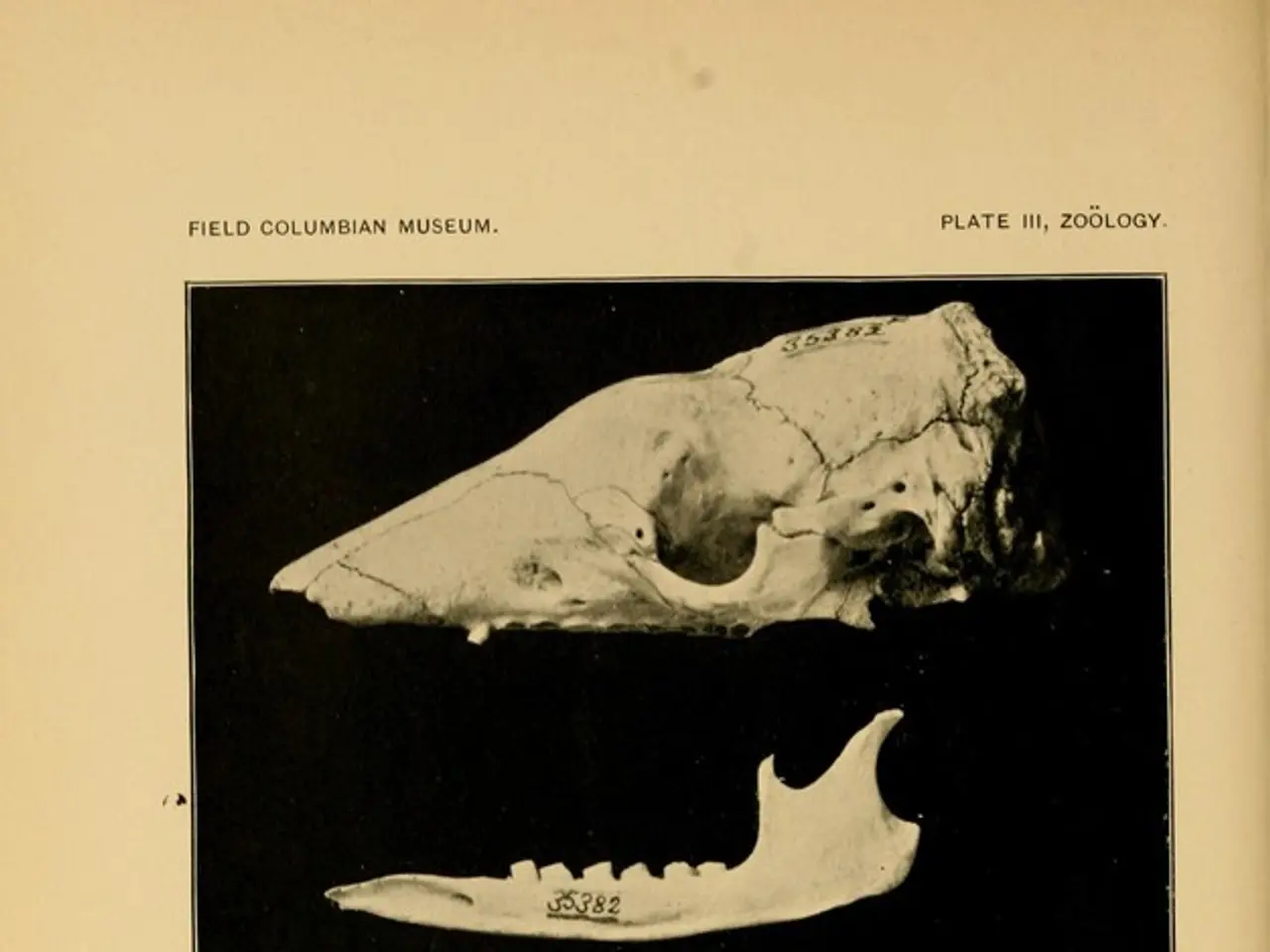A Meniscus Tear refers to a common knee injury that occurs when the meniscus, a crescent-shaped cartilage within the knee joint, becomes torn or damaged.
A meniscus tear is a common knee injury that can occur due to a sudden injury, such as a twist or a blow to the knee, or it can develop over time due to wear and tear. This article aims to provide a clear understanding of the injury, its diagnosis, treatment options, and the rehabilitation process.
Understanding the Meniscus
The meniscus is a C-shaped disc that acts as a shock absorber between the thigh bone (femur) and the shin bone (tibia). It helps to distribute weight evenly across the knee joint and provides stability.
Diagnosis and Treatment
Diagnosing a meniscus tear typically involves a physical examination, medical history, and imaging tests such as X-rays or MRI. Treatment options for a meniscus tear can vary greatly, ranging from conservative methods like the RICE method (Rest, Ice, Compression, and Elevation), pain management, and physical therapy, to surgical methods such as meniscectomy, meniscus repair, or meniscus transplantation. Newer minimally invasive techniques include meniscus gluing and injections of growth factors to promote healing, with artificial meniscus implants as an option for extensive tissue loss.
The Role of Rehabilitation
Regardless of the treatment option, rehabilitation is a crucial part of the recovery process. The primary goal of rehabilitation is to improve knee function, reduce pain, and restore normal movement and strength. The rehabilitation process can be divided into three phases: the acute phase (0-2 weeks), the rehabilitation phase (2-6 weeks), and the functional phase (6-12 weeks).
During the acute phase, the focus is on managing symptoms with pain medication, elevating the leg, applying ice, using compression bandages or stockings, and taking regular breaks to move around and stretch. In the rehabilitation phase, the focus shifts to restoring strength, flexibility, and range of motion through physical therapy exercises, strengthening exercises for the surrounding muscles, and balance and proprioception exercises. In the functional phase, the focus is on restoring functional ability through agility and plyometric exercises, and sport-specific exercises to prepare for return to activity.
Preventing Meniscus Tears
To prevent a meniscus tear from happening in the future, it's essential to maintain a healthy weight, participate in regular exercise, and incorporate knee-strengthening exercises into your routine. Proper warm-up and cool-down techniques are also crucial in preventing knee injuries.
In conclusion, while a meniscus tear can be a challenging injury, with proper treatment and rehabilitation, it's possible to return to sports or physical activities. It's crucial to follow the guidance of healthcare professionals and gradually progress back into activities to avoid re-injury.
Read also:
- Parliamentary Meetings in the Federal Diet of Germany this Week
- Startupopportunities available at the European Health Congress; submissions accepted for potential collaborations
- Lockdowns fuel COVID-19 threat perception, according to recent research in the UK
- Wheat in current times contains lower levels of essential nutrients





